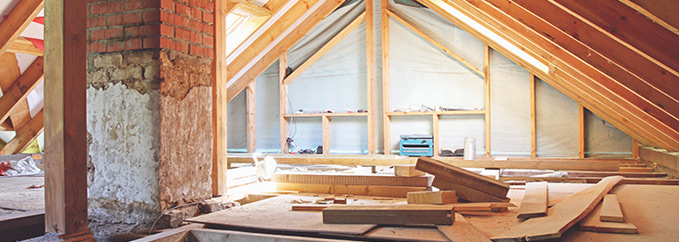Welcome to April’s Newsletter

NEWS: Did George blow his budget?
It's probably fair to say that George Osborne's budget wasn't a resounding success. In fact, there was so much fall-out from it — namely the Iain Duncan-Smith resignation — that it was easy to forget that some of what the Chancellor said at the dispatch box had significant implications for the property market.
For instance, landlords reacted with dismay to the announcement that residential property sales would be exempt from cuts to the rate of capital gains tax (CGT). And if anyone thought the Government would U-turn on the introduction of higher rates of stamp duty land tax (SDLT) on purchases of buy-to-let properties and second homes, they were disappointed. In fact, it's been reported that the number of buy-to-let mortgages increased recently as landlords rushed to beat the changes (a 3% surcharge on stamp duty) that came in on 1 April…

EU in? Or EU out?
How are you enjoying the backwards and forwards bickering between the 'leave' and 'remain' camps in the run-up to the European referendum? If you are enjoying it, good news: there are weeks of campaigning still to go. If you aren't enjoying it, bad news: there are weeks of campaigning still to go.
But for property watchers there's a serious question to answer before they put their cross in the box on 23 June — namely, how would a so-called 'Brexit' affect UK property prices?
At the end of February, Hometrack, the property market analysts, said that UK house sales could slow due to market wobbles in the approach to the referendum; but that “a vote to remain in the EU should see a return to business as usual whereas a vote to leave will create additional uncertainty."
Yet a report in the International Business Times says that Brexit may not have much impact on domestic owner-occupiers. "I'd say there aren't that many major risks, other than if interest rates go up faster, or more than currently expected," Stephen Williams, an equity analyst at investment manager Brewin Dolphin told IBTimes UK.
So who's right? 'Leave', or 'Remain'? It's tough to work out — but we all have to… and before the third week of June.

Going up?
As any rugby player will tell you, it's the conversion that counts. Converting your loft can add to the value of your home (especially if you're going to include an en-suite); and under permitted development rules you don't always need planning permission unless, says www.planningportal.gov.uk you intend to “extend or alter the roof space.”
You might, however, need to seek permission from your neighbours because of The Party Wall Act 1996; plus think about the stairs and if they will shave off so much space from one of the lower bedrooms that it would be financially counterproductive. There are loft conversion specialists you can hire, but reputable joiners should also be able to give you a competitive quote. And expect the work to take six-12 weeks.

Landlords: Get ready for spring
It's not just the flowers that are blooming. Spring is when the rental market starts blossoming, too, so it pays for landlords to make sure their properties are tenant-ready.
First of all, make sure the exterior is as attractive as possible — so mend any loose roof tiles and clear out the gutters. Give your property some colourful kerb appeal with pots or hanging baskets; and if the front door needs painting or brickwork needs re-pointing, now's the time to do it. Out the back, make sure the grass is cut (if you have any) and banish the 'winter wilderness' look by trimming hedges and sweeping up leaves. Inside, clean your curtains and carpets (with a steam clean if necessary), get rid of shabby furniture and bring in some colourful accessories to liven up the décor. And if you do have time to freshen up the paint work, well… that's what spring was made for…
Related Articles
Want to know how much your property is worth?
Elevating the Elmbridge property market
Visit us in Molesey
East Molesey
Surrey
KT8 9ER
VISIT US IN ESHER
Claygate
Esher
Surrey
KT10 0PD


